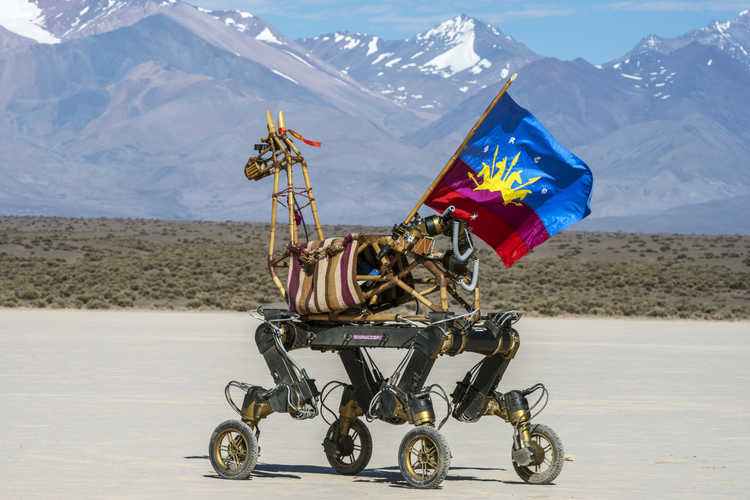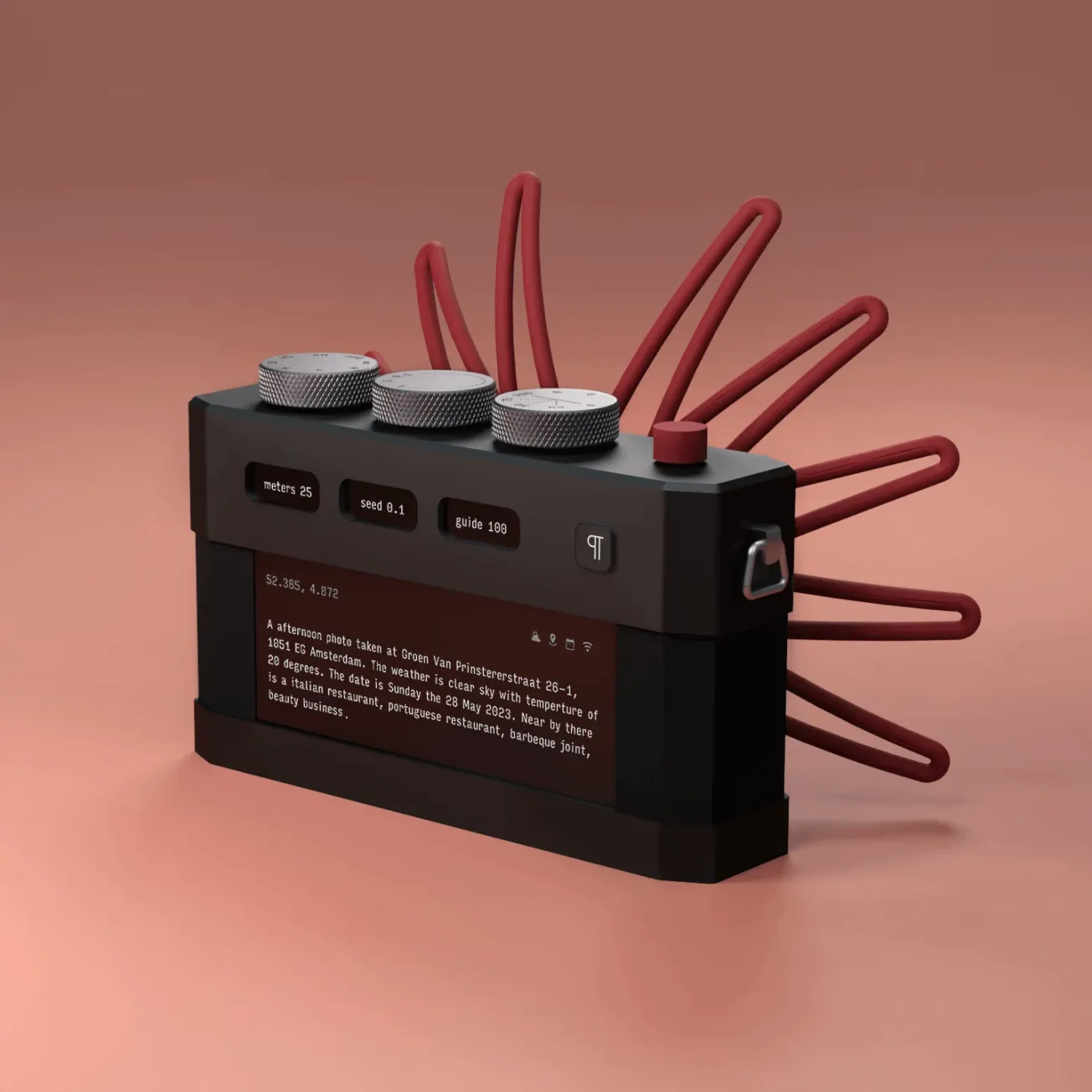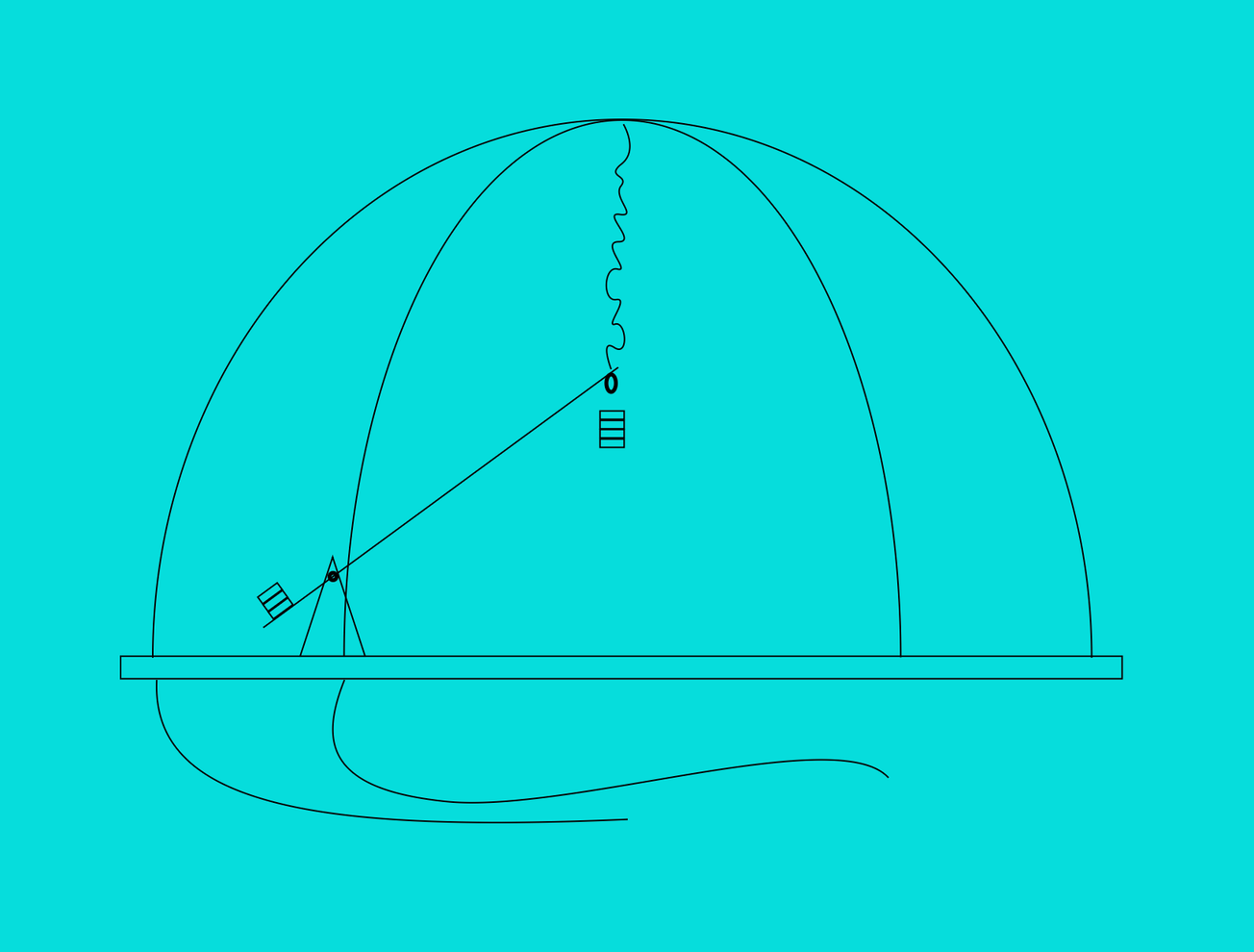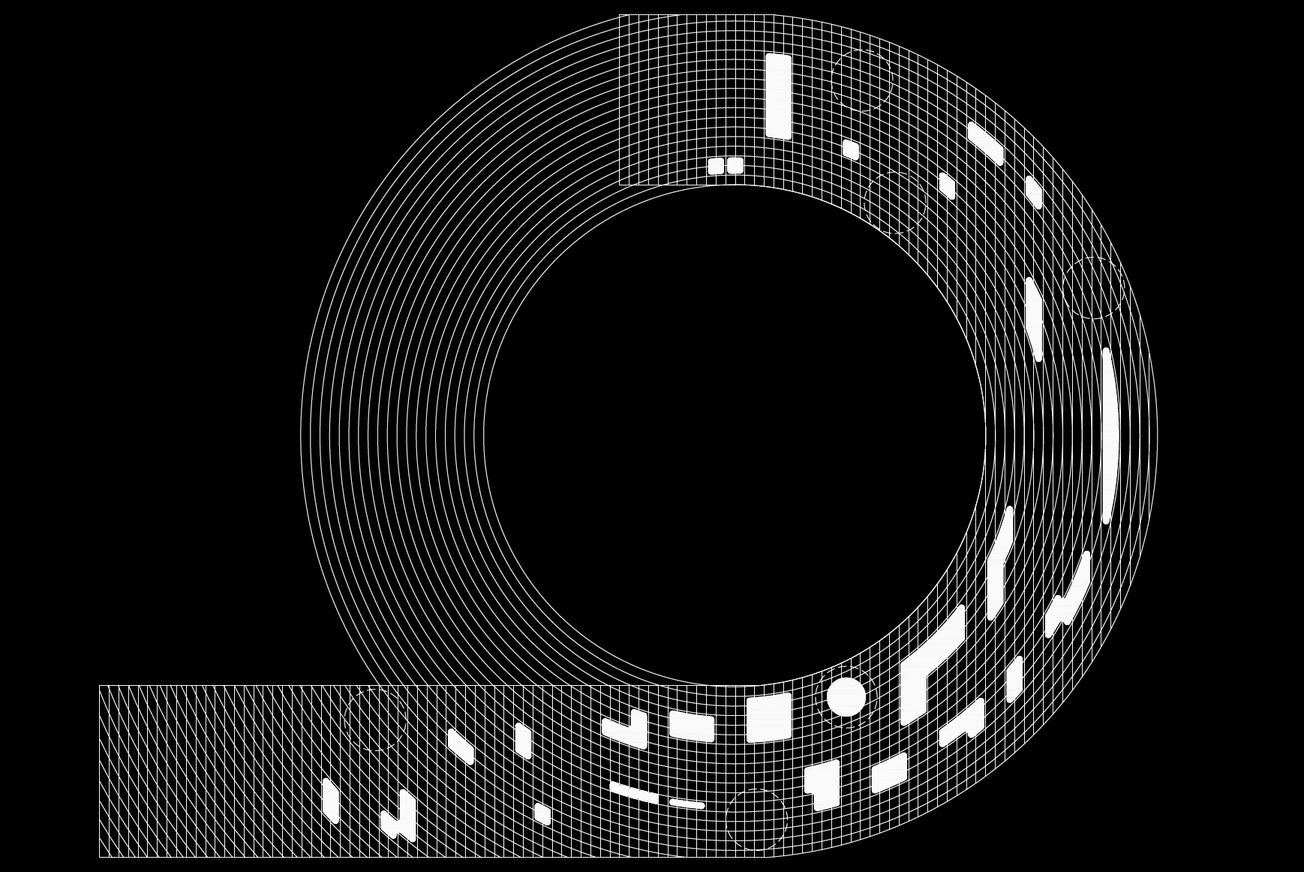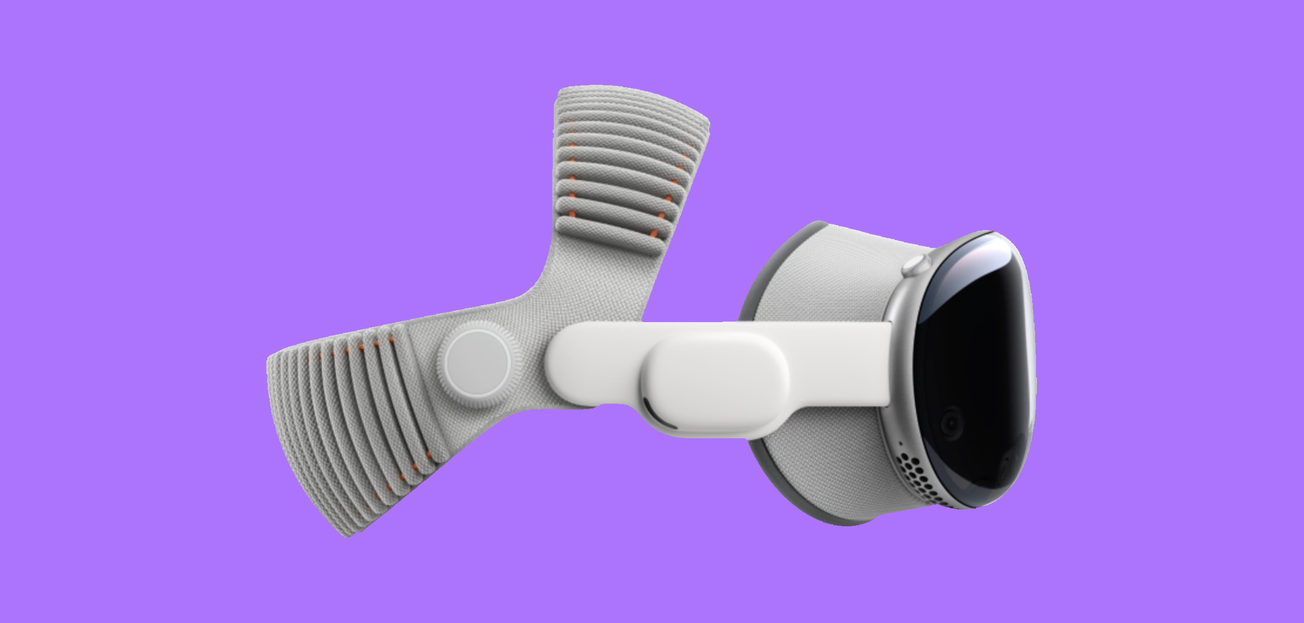LINZ, Austria — Ars Electronica has unveiled the recipients of its prestigious 2025 Golden Nica awards, celebrating innovation where art, technology, and society intersect. Announced at a press conference on July 7, 2025, the awards highlight projects that challenge conventions in animation, sound, AI, and youthful creative practice. From robotic monologues to cross mountain AI pilgrimages, the winners articulate a future facing creative agenda while interrogating the ethical stakes of advanced technology.
At a moment when the cultural and ethical implications of emerging technologies are under heightened scrutiny, Ars Electronica’s 2025 Golden Nica winners reaffirm the festival’s relevance as a critical forum at the intersection of art, science, and society. The awarded projects go beyond novelty or technical showmanship. Instead, they foreground embodied computation, collective narratives, and material experimentation—inviting reflection on how creative technologies shape, and are shaped by, the world around us. From a robotic head channeling genocidal memory to a sonic organ that breathes unpredictability, a decolonial AI pilgrimage across the Andes, and a goat’s-eye view of cheese-making as experimental cinema, these works represent a diverse, rigorous, and socially engaged spectrum of practice. Together, they reveal a generational pivot: away from tech for tech’s sake, and toward interdisciplinary approaches that emphasize agency, empathy, and critical design.
New Animation Art: Requiem for an Exit
Frode Oldereid and Thomas Kvam (Norway) were awarded the Golden Nica in New Animation Art for Requiem for an Exit, a haunting, nearly four-meter-high robotic head that delivers a baritone monologue on genocide, agency, and individual accountability. The work’s physical scale and arresting audio-visual choreography give it both monumental presence and emotional immediacy. Using projection-mapped visuals across synthetic “skin,” the artists confront viewers with an uncanny embodiment of memory and trauma. By positioning AI-generated text within hydraulic movement, the installation forces reflection on the intersection of machine logic and human moral failure. The result is less spectacle, more reckoning—a robot that speaks not to entertain but to unsettle.
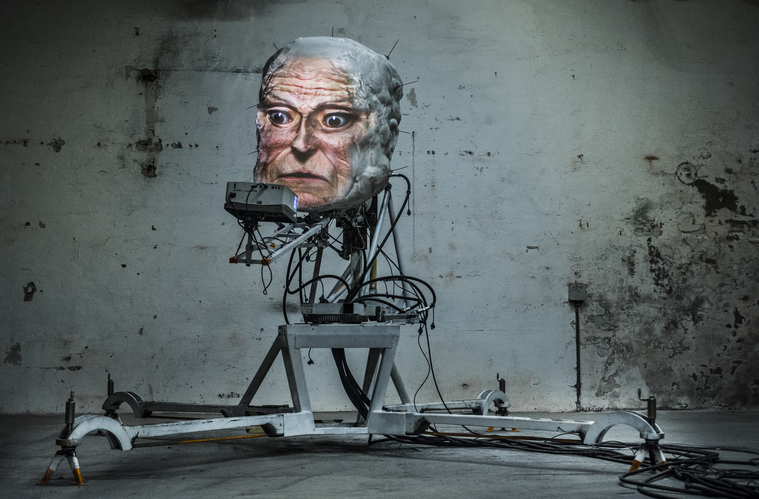
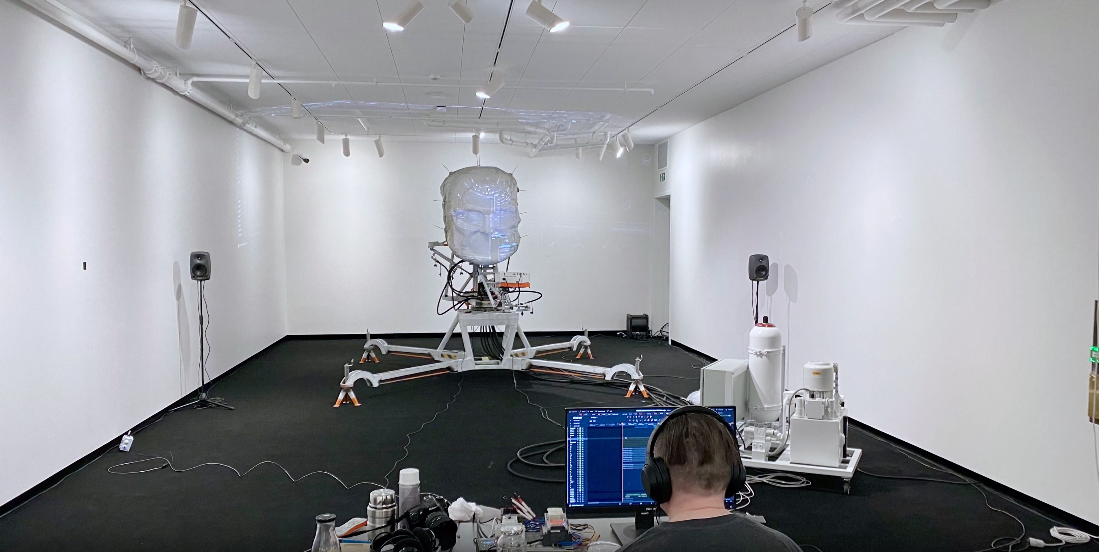
Digital Musics & Sound Art: Organism
In Digital Musics & Sound Art, Navid Navab (Iran/Canada) and Garnet Willis (Canada) received the Golden Nica with Organism. They re‑engineer a traditional organ by integrating mechanical robotics, generating unpredictable sonic environments that reject rigid liturgical programming in favor of spontaneous acoustic organisms. The creators describe the work as “a continuously evolving encounter between a historical artifact and nonlinear material objects found today” (ars.electronica.art). Through pendulums and resonant mechanisms, Organism behaves like a living creature—its sound emerging through drift, friction, and chance. The project invites audiences to reconsider the pipe organ not as a relic, but as a site of generative sonic exploration.
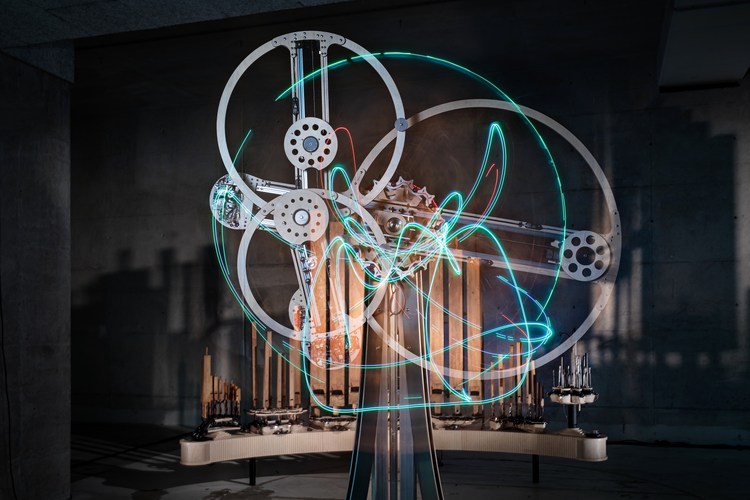
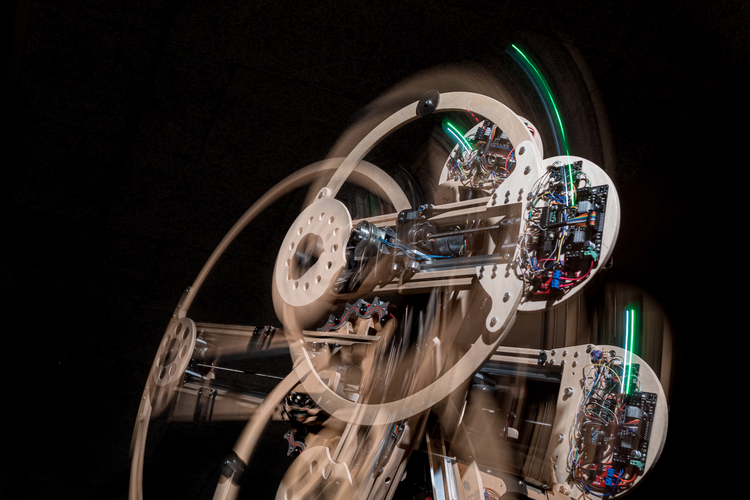
Artificial Life & Intelligence: Guanaquerx
Paula Gaetano Adi (Argentina) is awarded the Golden Nica in Artificial Life & Intelligence for Guanaquerx, a robot that traversed the Andes in seven days, alongside artists, engineers, muleteers, and dozens of animals. The project “promotes new forms of knowledge, togetherness and social change,” framing robotics as a catalyst for collective resistance. By following indigenous mountain routes, the robot and its human-animal convoy literally re-map traditions of pilgrimage through AI negotiation with terrain and community. The work’s poetic dimension lies in its rearticulation of non-exploitative technology—robots become participants rather than invaders in cultural settings.
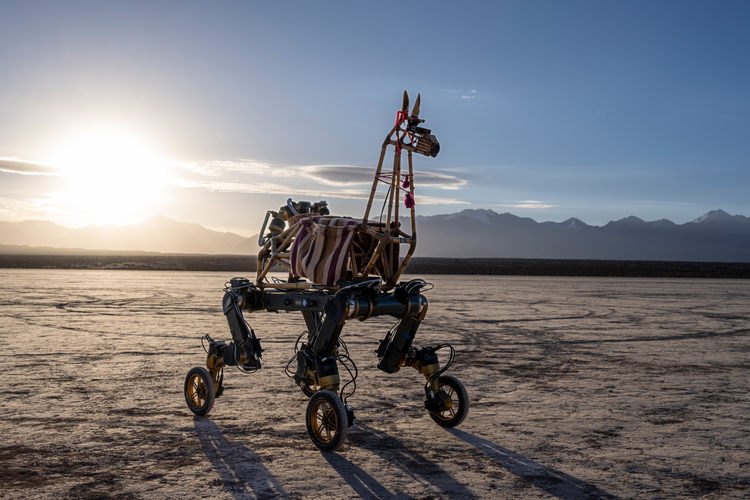

u19–create your world: Das Ziegenkäsemachen aus der Sicht der Ziege
In the youth‑centric u19–create your world category, Aleksa Jović and Nico Pflügler from Austria earn the Golden Nica for their experimental short film Das Ziegenkäsemachen aus der Sicht der Ziege (“Making Goat Cheese from the Goat’s Perspective”).
The jury describes it as “a post‑postmodern film that celebrates the medium so much, dissecting it and reassembling it so much that it’s hard to keep up—and that’s precisely the point” (ars.electronica.art). Blending elements of slow cinema, meme aesthetics, body horror, and self-referential quoting, the film unpacks how story and form interact. It positions itself squarely within TikTok-influenced visual culture, even as it asserts its identity as cinema, signaling youth fluency across genres.
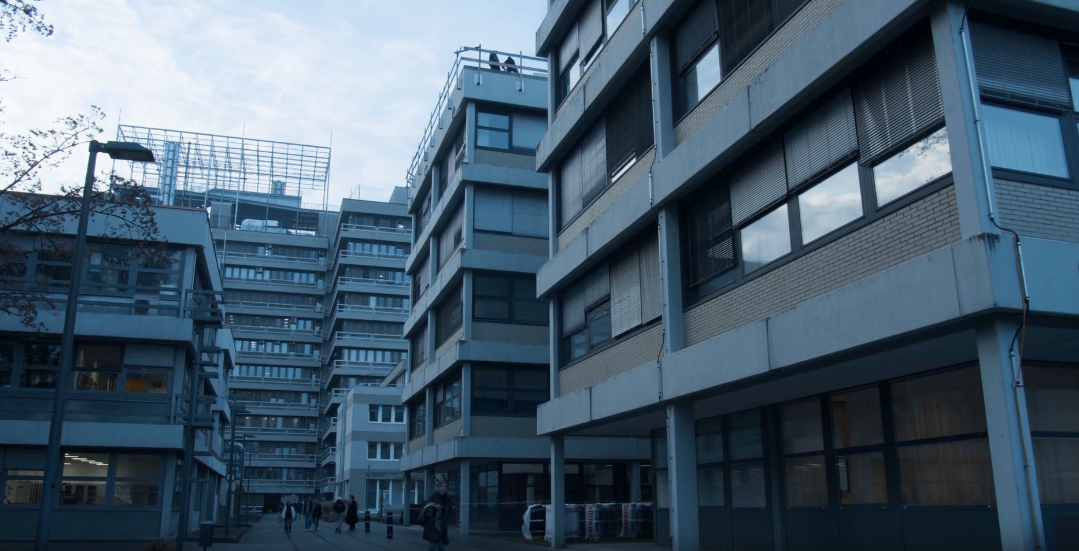
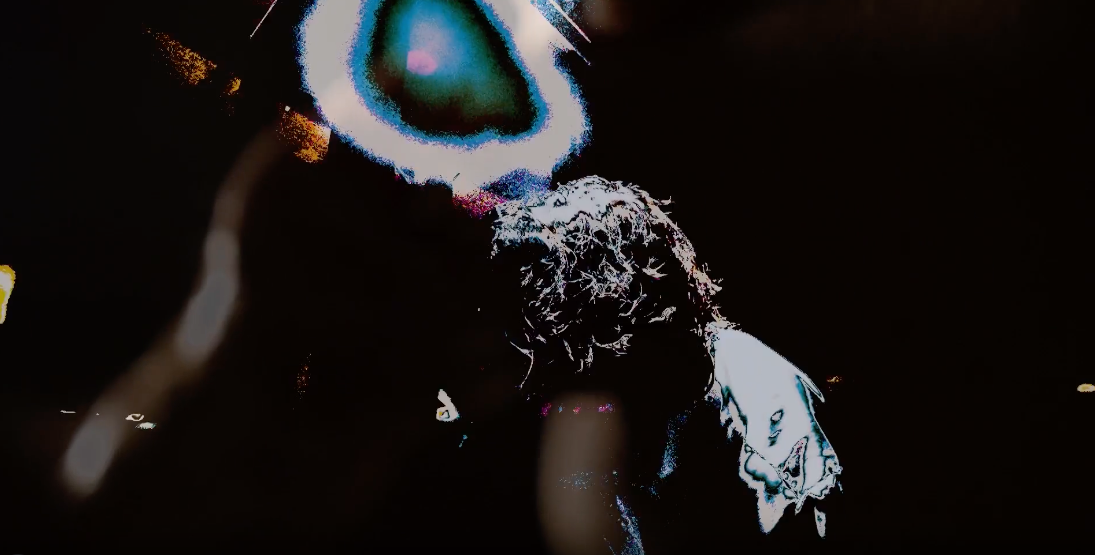
Beyond the Golden Nicas: Specialized Awards
Ars Electronica Award for Digital Humanity
This year’s award goes to Domestic Data Streamers (Spain) for Synthetic Memories, a project that reconstructs personal and traumatic memories using AI-generated imagery. Rooted in health, museum, and cultural applications, it uses algorithmic translation to evoke emotional resonance with collected memory fragments.
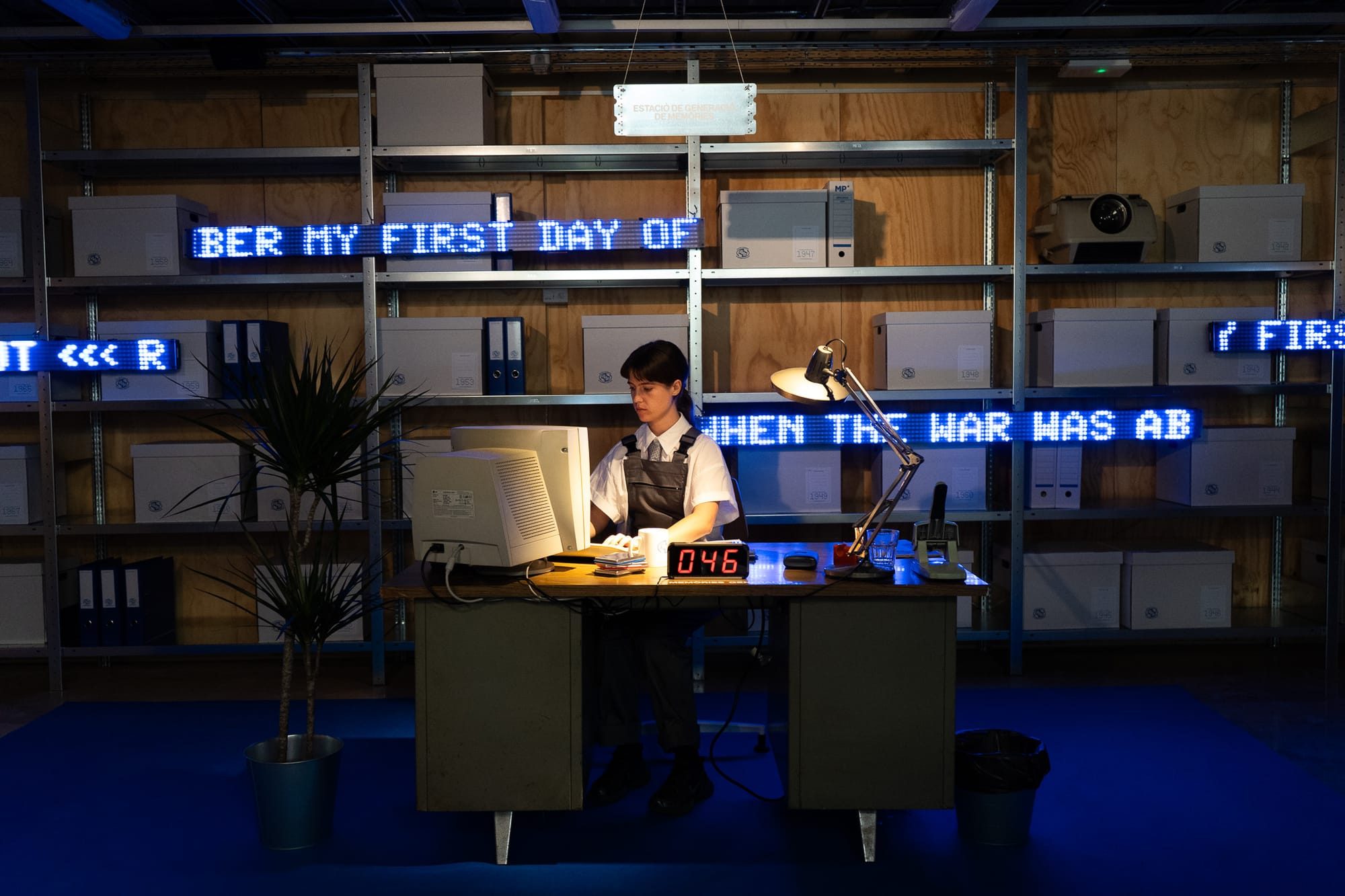
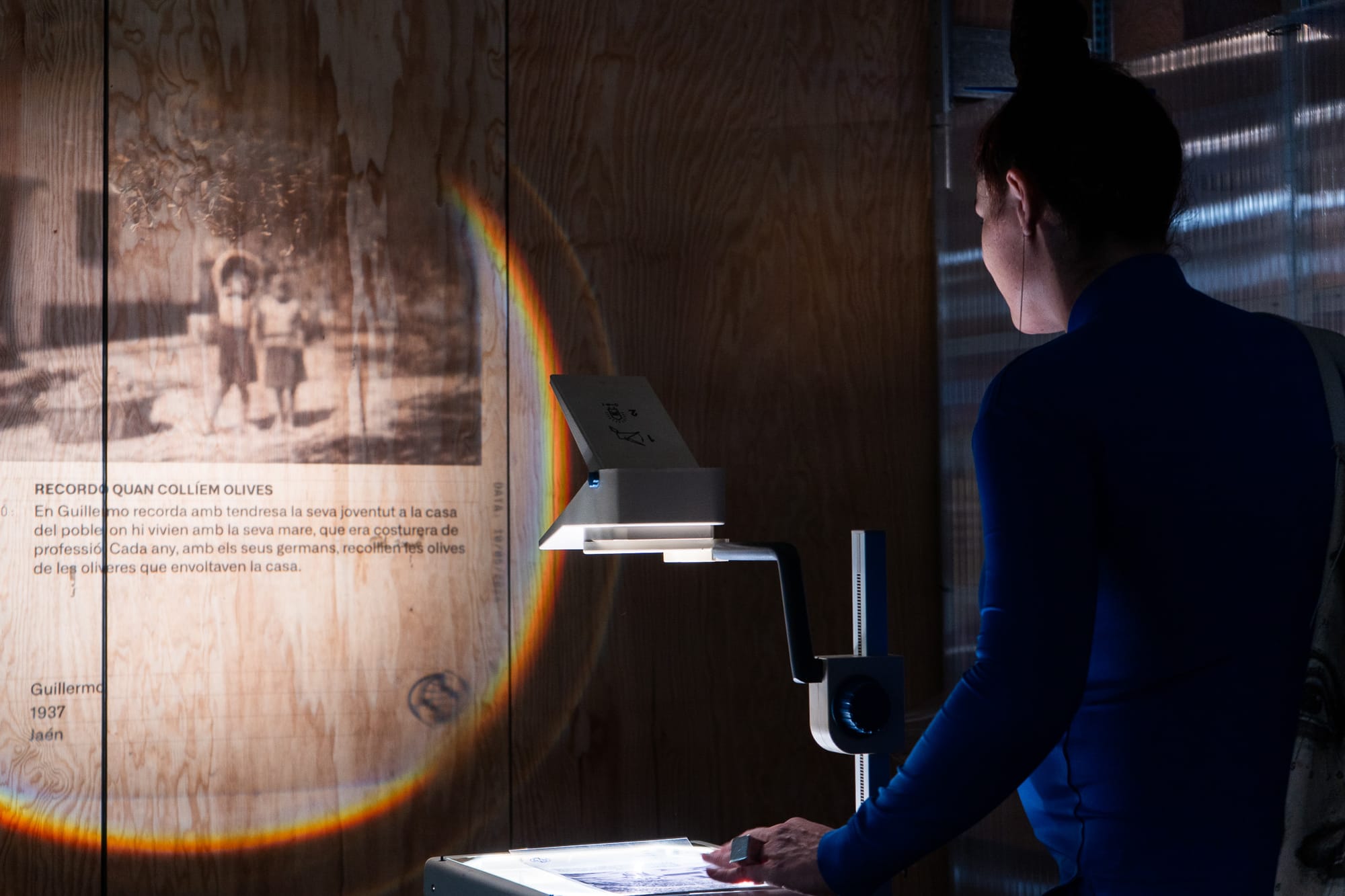
Isao Tomita Special Prize
In the Digital Musics & Sound Art category, evala (Japan) was recognized for ebb tide, a large‑scale sonic installation that forms part of the See by Your Ears project. The immersive work offers listeners a sculptural dive into sound perception, emphasizing spatial and material dimensions of listening practice.
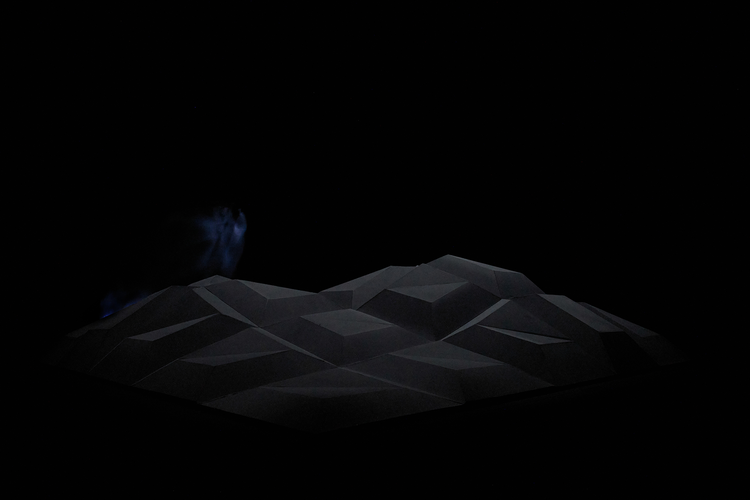
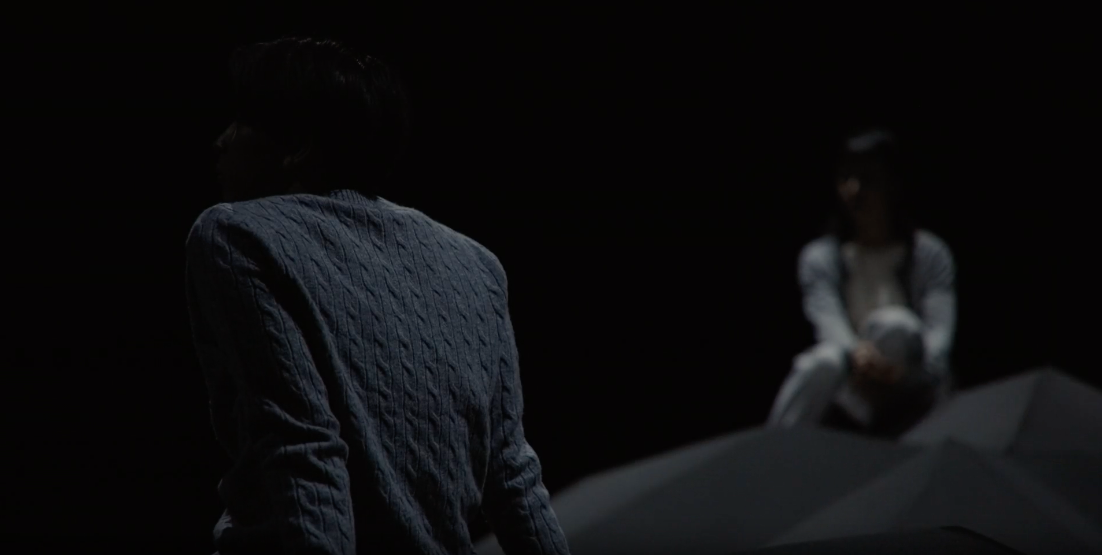
The full winners list, including jury statements and additional awards, can be found on the Ars Electronica website (ars.electronica.art).
Jury & Exhibition Details
A diverse jury—ranging from animation expert Boris Eldagsen (Germany) to sound artist Miriam Akkermann(Germany), AI specialist Clemens Apprich (Austria), and educators like Vivian Bausch (Austria)—selected winners across disciplines.
Winners will exhibit their works at Lentos Kunstmuseum Linz and POSTCITY during the Ars Electronica Festival, scheduled September 3–7, 2025, with the Prix awards ceremony set for September 4 at the Design Center Linz.

